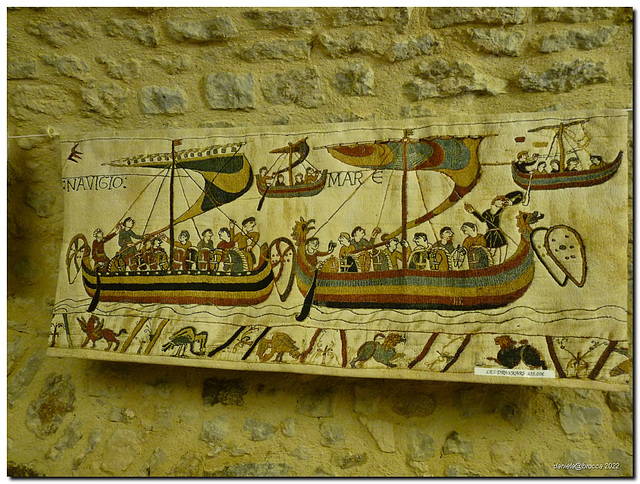Rozo
Cymbidium spec. / var. - Cymbidium-2
Dalio
Omaha beach con resti del porto
Cimitero americano con vasca
Tombe con nome
Cappella
Decorazione della cappella
En gxardeno
En gxardeno
Cxielarko
Casa autore di Arsenio Lupin, Maurice Leblanc
Spiaggia
Chiesetta sulla falesia d'Amont
Astero
Auxtuno
Auxtunaj folioj
Bass Lake and Moses Cone Manor
The Blowing Rock, Blowing Rock, North Carolina, US…
Rock Formation in the mountains of North Carolina,…
Sunfloro
Zimowity
Davanti alla fontana
Sunlevigxo
Auxtuna folio
Auxtuno
Fenestro
En tombejo
Auxtunaj folioj
Sunlevigxo
Plenluno
Sunlevigxo
Schlumbergera
Guerriero a cavallo del periodo della battaglia di…
Interno della cattedrale
Museo dell'arazzo
Bayeux- Mulino sul fiume Aure
Papilio
Tetto della cripta
Colonne del chiostro
Interno della chiesa
Bassa marea
Gabbiano- gull
Sulla croce
Up to the Mount
Me on the way to Mont Saint-Michel
Floro
Luno
market
Ferry
cannone sulle mura
baby gabbiano
Papilio
Ploumanach
Perros-Guirec
Porticciolo sulla costa
Casa della Duchessa Anna
Viadotto di Morlaix
Kolombo
Pardonu min, sed mi hazarde forjxetis el mia galer…
Porto di Concarneau
Concarneau -Trenino
Barche
Vannes-Gardens
Loira a Nantes
See also...
Keywords
Authorizations, license
-
Visible by: Everyone -
All rights reserved
-
73 visits
Parte dell'arazzo di Bayeux


Con i suoi 68 metri di tela di lino dipinta, la Tapisserie de Bayeux è una delle più importanti testimonianze del Medioevo. Come in un libro di storia, l’arazzo racconta l’invasione dell’Inghilterra dal punto di vista dei normanni, un’impresa epica che segnò le sorti dell’XI secolo. Grazie al supporto dell’audioguida potrete conoscere tutti i retroscena di questa pagina di storia, fra tradimenti, giochi di potere e vendette consumate a corte: sui 9 pezzi di lino, per un totale di quasi 70 metri di lunghezza, sono descritti 600 personaggi, 500 animali di ogni tipo, 200 cavalli, 50 alberi che compongono il racconto dell’ascesa al trono d’Inghilterra da parte di Guglielmo il Conquistatore nel 1066. Scampato miracolosamente alle razzie naziste, l’arazzo è stato nascosto in uno scantinato del Louvre a Parigi, prima di essere ritrovato, restaurato e infine esposto nel Museo di Bayeux.
--------------------------------------------
With its 68 meters of painted linen cloth, the Tapisserie de Bayeux is one of the most important records of the Middle Ages. Like a history book, the tapestry recounts the invasion of England from the point of view of the Normans, an epic feat that marked the fortunes of the 11th century. Thanks to the support of the audio guide, you can learn all the background of this page of history, amid betrayals, power plays and revenges consummated at court.On the 9 pieces of linen, totaling nearly 70 meters in length, 600 characters, 500 animals of all kinds, 200 horses, and 50 trees are described, making up the tale of William the Conqueror's accession to the throne of England in 1066. Having miraculously escaped Nazi raids, the tapestry was hidden in a basement of the Louvre in Paris before being found, restored and finally displayed in the Bayeux Museum.
Translated with www.deepl.com/Translator (free version)
Translate into English
--------------------------------------------
With its 68 meters of painted linen cloth, the Tapisserie de Bayeux is one of the most important records of the Middle Ages. Like a history book, the tapestry recounts the invasion of England from the point of view of the Normans, an epic feat that marked the fortunes of the 11th century. Thanks to the support of the audio guide, you can learn all the background of this page of history, amid betrayals, power plays and revenges consummated at court.On the 9 pieces of linen, totaling nearly 70 meters in length, 600 characters, 500 animals of all kinds, 200 horses, and 50 trees are described, making up the tale of William the Conqueror's accession to the throne of England in 1066. Having miraculously escaped Nazi raids, the tapestry was hidden in a basement of the Louvre in Paris before being found, restored and finally displayed in the Bayeux Museum.
Translated with www.deepl.com/Translator (free version)
Ulrich John, Gudrun, Nick Weall, Andy Rodker and 4 other people have particularly liked this photo
- Keyboard shortcuts:
Jump to top
RSS feed- Latest comments - Subscribe to the comment feeds of this photo
- ipernity © 2007-2024
- Help & Contact
|
Club news
|
About ipernity
|
History |
ipernity Club & Prices |
Guide of good conduct
Donate | Group guidelines | Privacy policy | Terms of use | Statutes | In memoria -
Facebook
Twitter

Sign-in to write a comment.